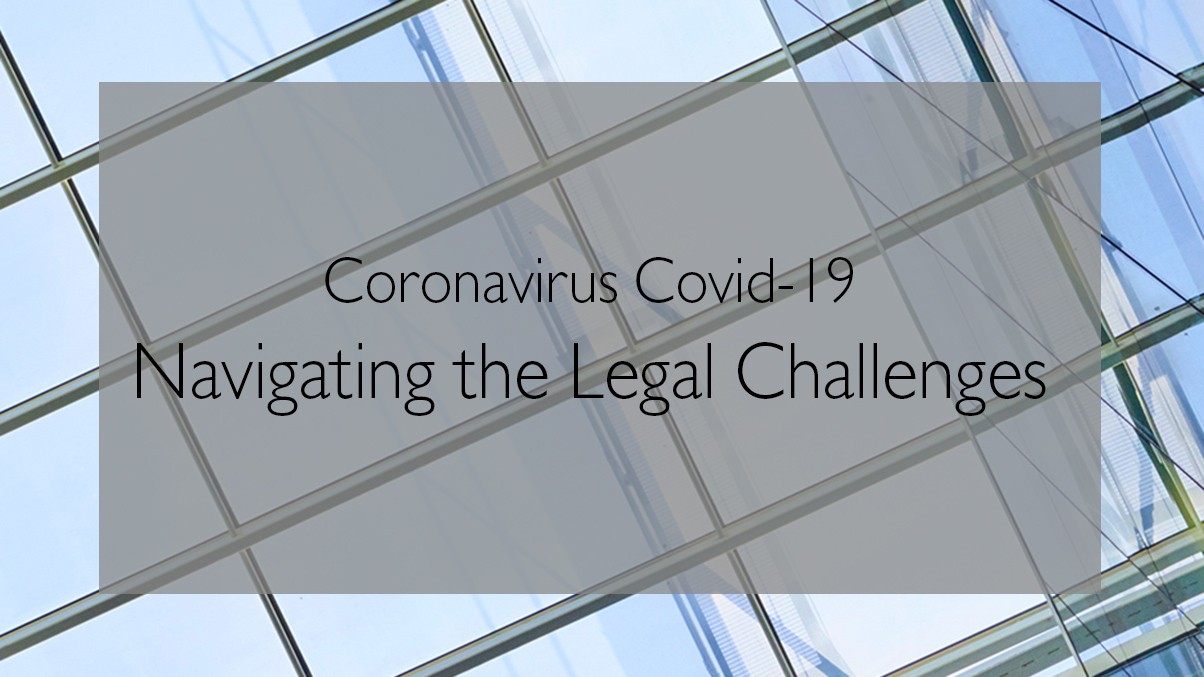A substantial spike in fraud is widely expected as a result of the Covid-19 crisis, chiefly due to the anticipated significant rise in corporate insolvencies. In many cases, a fraud will be well organised and premediated. In other cases, it may be driven by desperation or opportunism as directors see the company begin to falter and their livelihoods at risk.
In this article, Tim Symes, a partner in our Insolvency and Commercial Litigation team, looks at fraud in circumstances where a UK company has gone into liquidation or administration, and highlights the key statutory mechanisms available under English law to recover assets lost through fraud.
Fraud is a significant and growing problem in business. A fraud survey undertaken by PwC across 99 territories found that a staggering 47% of the companies surveyed had suffered fraud in the previous 24 months, with a total loss between them of an astonishing £42bn.
Tactical office-holder appointments by stakeholders
The Insolvency Act 1986 affords numerous remedies to a liquidator or administrator (I will use the term “office-holder” from now on) who uncovers fraud as part of their investigations. Frequently, an office-holder will already know something of the suspected fraud, having been put in by one or more stakeholders. An office-holder’s unique set of powers of investigation and asset seizure can be a compelling proposition for a corporate victim of fraud who wants to see swift steps taken to preserve and recover assets, and stem further losses.
Fraudulent trading is the key provision under the Insolvency Act 1986, designed specifically to target the use or abuse of companies as a vehicle for fraud.
Non-fraud remedies
Before looking at fraudulent trading, it is important to note that an office-holder doesn’t need to prove fraud to bring misappropriated assets back into the company successfully. A director is a trustee of the company’s assets and can readily be found liable in misfeasance where they have been improperly utilised or disposed of, regardless of whether the director has personally gained.
An office-holder can also target a recipient of assets in circumstances where the company did not receive in return substantially the same amount in value as the assets were worth. Where this is discovered, the office-holder can seek to recover the difference.
The advantage of the above alternatives is that the ingredient of dishonesty (a requirement in proving fraud) is not required. The downside, however, is that the targets for recovery are limited to the directors and the recipients of company assets.
Fraudulent trading
Any individual or corporate entity can be the subject of a claim for fraudulent trading. As such, where there has been a conspiracy to defraud involving multiple parties, the net can be cast wide.
First off, it’s worth making clear that fraudulent trading bears little relation to wrongful trading. Fraudulent trading covers situations where the business of the company has been carried on with intent not just to defraud the company’s creditors but creditors of any other party as well. It also applies where the company has been used for any other fraudulent purpose.
As with any fraud, dishonesty must be proved. Unlike criminal fraud, however, the standard of proof is on the balance of probabilities, so the court need only be satisfied that it is “more likely than not” that a fraud has been committed.
Knowing parties to fraud
There is no limit on who can be culpable. Any party who was a knowing party to a fraud can find themselves the subject of a fraudulent trading claim. In the case of a corporate party, knowledge of an employee will be accorded to the board, and so bind the company to liability.
This last point is illustrated in Bilta (UK) Ltd (In Liquidation) v Natwest Markets PLC and Mercuria Energy Europe Trading Ltd (2020). In this case, Bilta’s directors traded carbon credits giving rise to VAT fraud. NatWest Markets was found liable, via their traders, for dishonest assistance and knowingly being a party to the fraudulent trading.
A similar finding of culpability was made in the case of Morris v Bank of India (2005), involving a sham lending operation to connected parties aimed at improving the appearance of BCCI’s performance before it fell into liquidation.
If found liable, the fraudster or conspirator to the fraudster can be liable to contribute to the assets of the company, as the court decides. In the Bank of India case, that contribution amounted to £43m plus interest since the date of liquidation.
Offence of Fraudulent Trading (s993 Companies Act 2006)
This is the criminal counterpart to fraudulent trading under the Insolvency Act 1986.
S993 is in near-identical terms to fraudulent trading under the civil law except that being found guilty to fraudulent trading under the criminal law can lead to 10 years in prison.
A director or other party who finds themselves on the wrong end of a civil fraudulent trading claim may be unaware that a liquidator has a duty to report criminality. That being the case, the fraudster may be motivated to settle a civil claim in fraudulent trading quickly rather than allow it to gather pace and be used in later criminal proceedings.
Conclusion
We can expect to see fraudulent trading (and other asset misappropriations) as a corollary to the increase in corporate insolvency. This, combined with the loss to the taxpayer of billions of pounds of stolen furlough payments and the vast amounts of government-backed loans handed out with little or no due diligence, is set to make fraud a central theme for 2021.
You can find further information regarding our expertise, experience and team on our Contentious Insolvency and Commercial Litigation pages.
If you require assistance from our team, please contact us or alternatively request a call back from one of our lawyers by submitting this form.
Covid-19 is impacting individuals and companies around the world in an unprecedented way. We have collected insights here to help you navigate the key legal issues you may be facing at this time.






